Description
Feeder terminal REF 542plusCompact digital bay control technology solutionNot active product since 2020 The REF 542plus feeder terminal is a compact digital bay control technology solution. It can be used in several different medium voltage applications, such as in feeder protection, transformer protection and motor protection. The feeder terminal REF 542plus, like its predecessor REF 542, combines measurement, monitoring, protection, control and self diagnostics in one package. With its integrated communication protocols, the REF 542plus can be easily incorporated into any substation automation system from ABB or third parties.
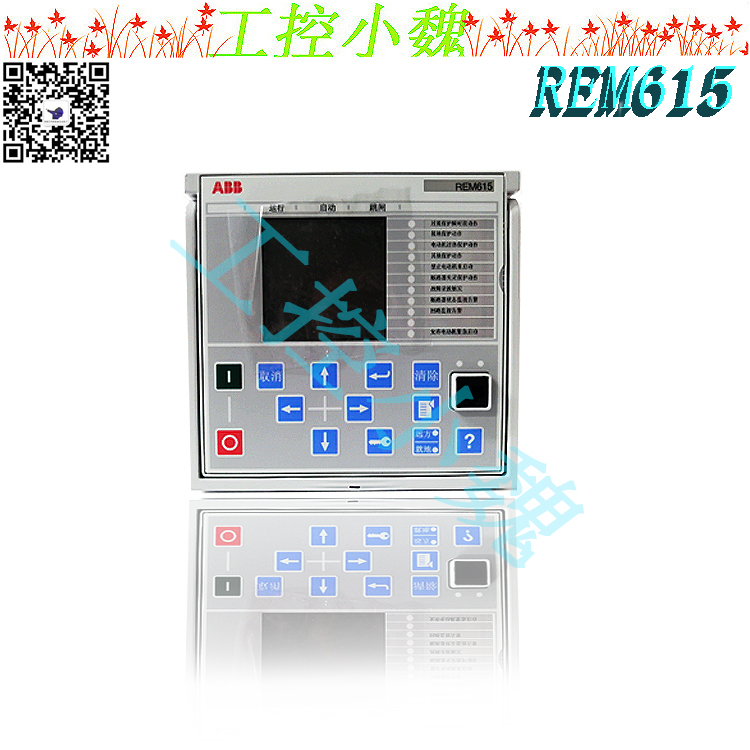
These new generation devices provide exceptional flexibility and scale-ability resulting in smart and clean solutions compared to more traditional approaches. The software solution allows you to use the REF 542plus in all ABB primary air and gas insulated switchgear solutions. Scope Bay control and protection unit Product benefits A variety of functions precisely programmed for the requirements and the substation
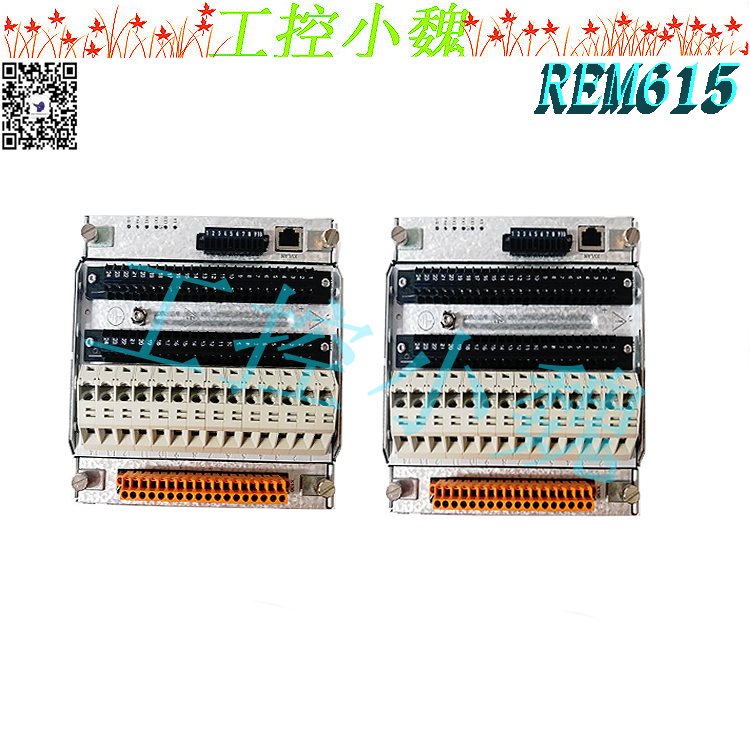
Product features Measurement Monitoring Control Protection Communication Substation automation.1 General The REF542plus Multifunction Protection and Switchbay Control Unit is the further development of the former REF542 unit. Like its predecessor, it features the following functions: Protection Measurement Control Monitoring All functions mentioned above and power quality functions are integrated in a programmable environment. The exceptional flexibility and scalability of these new generation devices lead to a smart and clean solution where the traditional approach would be ineffective and expensive. The following figures show examples of the REF542plus installation in several switchboards.Figure 2: REF542plus installed in an air insulated switchboard (AIS) The REF542plus is based on a real-time microprocessor system. The measurement and protection functions are executed by a Digital Signal Processor (DSP), while a Micro Controller (MC) is executing the control functions. Due to this task separation there is no impact between the start and the trip behavior of the implemented protection scheme, should the control scheme be modified.
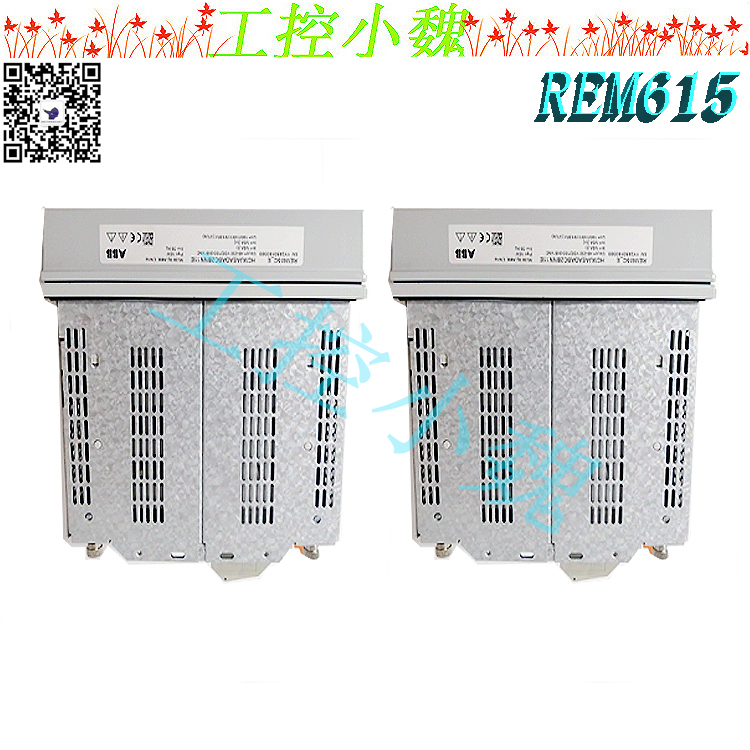
The Communication Processor (CP) is needed for connection to a station automation system. A block diagram of the REF542plus is shown in figure 3REF542plus, as shown in figure 3, consists of two parts, a Central Unit and a separate Human Machine Interface (HMI). The Central Unit contains the power supply, processor and analog and binary Input and Output (I/O) modules, as well as optional modules for supplementary functions. The HMI Control Unit is a stand-alone unit with its own power supply. It can be installed on the Low Voltage (LV) compartment door or in a dedicated compartment close to the Central Unit. The HMI is normally used to set the protection parameters and to locally operate the switching devices in the switchbay. The HMI is connected to the Central Unit by a shielded, isolated twisted pair according to the RS485 interface. Figure 4 shows an installation of the Central Unit and the HMI Control Unit in the LV compartment of a switchboard for the switchbay.The HMI Control Unit, as shown in figure 5, features a back-illuminated Liquid Crystal Display (LCD), eight push buttons, several LEDs and an electronic key interface. The language of the display can be selected via the related configuration software tool, which is also used to define the protection and the control schemeThe left half of the LCD display is reserved for the Single Line diagram. The right half is used to display the appropriate menu or submenu as determined by the user. Two different electronic keys with different access rights are available. Each of the keys are programmed to permit either: protection functions parameterization of the mode selection of the control functions Three freely programmable LED bars have been provided on the front of the HMI Control Unit. Each LED bar consists of ten green and two red LEDs and is user configurable to display any required measurement value. The red LEDs are used to indicate values above the rated value. The functions of the REF542plus can be tailored to the system requirements via a userspecific configuration. The user-specific configuration is loaded during commissioning. For that purpose the configuration computer, normally a personal computer (notebook) running Windows NT, is connected to the optical interface on the front side of the HMI Control Unit. The interface of the multifunctional unit REF542plus to the Medium Voltage (MV) primary process is as follows: Analog inputs to measure current and voltage signals from instrument transformers or non conventional sensors Binary inputs with optical couplers for the galvanic separation of the external signals to be processed; Binary outputs with conventional mechanical relays or static outputs for the control of switching devices; Optional four channel analog outputs 0 to 20mA or 4 to 20 mA Optional connection to ABB or third party station automation system. REF542plus is a certified product for compliance to the IndustrialIT architecture concept of ABB. All functions in the switchbay can be specified in collaboration with ABB. The result of the configuration is saved and delivered together with the switchboard to the users. By using the “FUnctional block” Programming LAnguage (FUPLA) the REF542plus Multifunction Protection and Switchbay Control Unit offers engineers, especially those who are not software experts, the opportunity of easily updating the operation and handling of the switchbay. With REF542plus the user has the benefit of a secondary system that is fully integrated in a true programmable controller. This flexibility is very advantageous for defining control functions for automation sequences, which can, for example, include the interlocking of the switching devices, blocking the release of specific protection functions, as well as starting switching sequences. REF542plus multifunctional unit provides a wide range of logical functions so that each required control schemes can be configured. The range of logical functions includes:
Model recommendation:





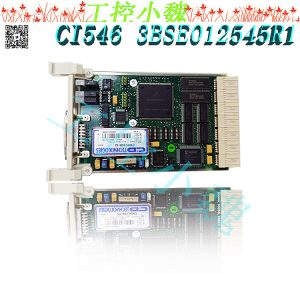
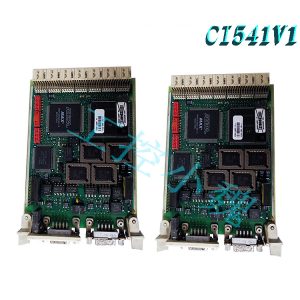
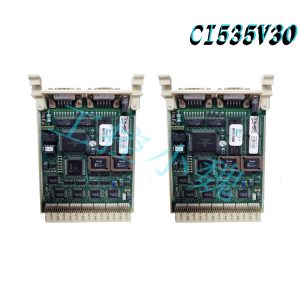
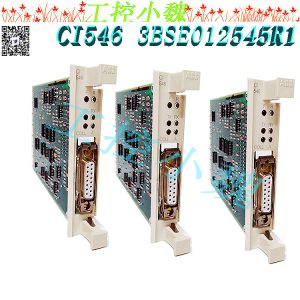
Reviews
There are no reviews yet.